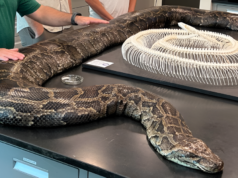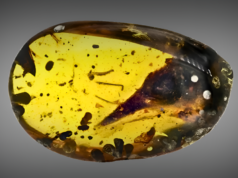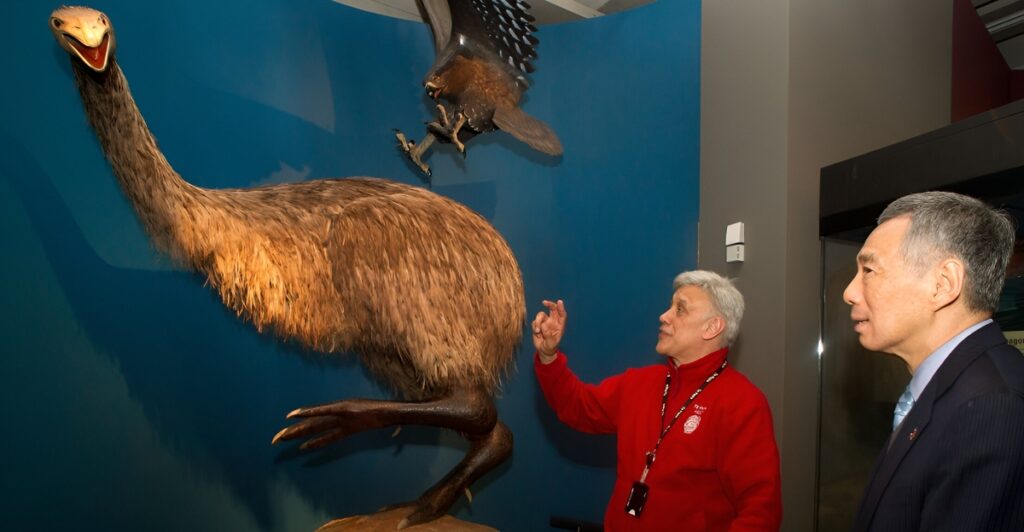
We’ve all heard it: once something’s extinct, it’s gone forever. But science is out here saying, “Hold my pipette.” With gene editing, cloning, and a little Jurassic Park flair, researchers are trying to bring back long-lost species; some majestic, some mysterious, and some… just plain weird.
De-extinction is part cutting-edge genetics, part ethical debate, and 100% fascinating. Whether the goal is fixing past mistakes or showing off what science can do, the race to resurrect extinct animals is very real.
From pigeons to prehistoric predators, these attempts are ambitious, controversial, and wildly bizarre. So let’s explore the weird world of playing Dr. Frankenstein with feathers.
1. The Woolly Mammoth
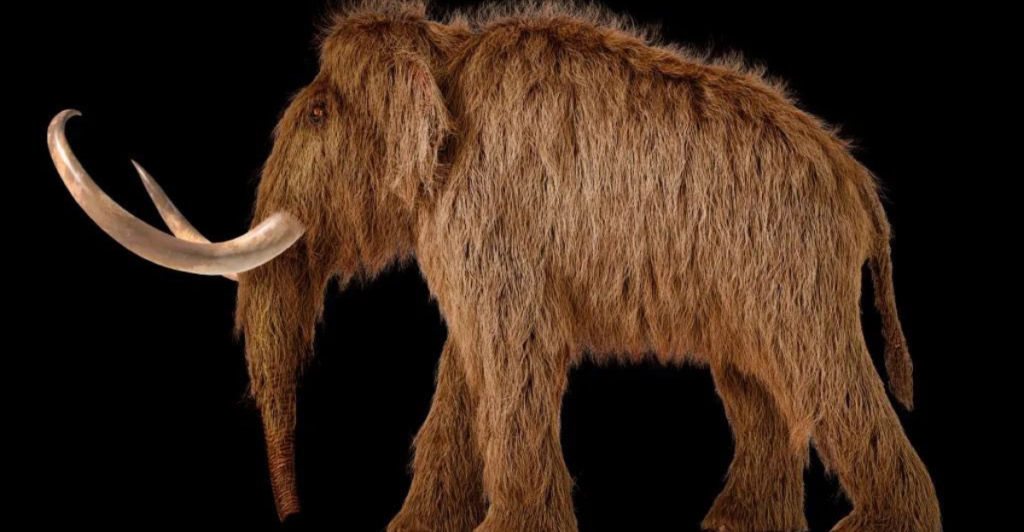
If any extinct creature had a PR team, it’d be the woolly mammoth. Thanks to preserved DNA in Siberian ice and a very determined startup called Colossal Biosciences, scientists are splicing mammoth genes into Asian elephants to make a “cold-resistant hybrid.”
The hope? Reintroduce them to the Arctic tundra to help restore ecosystems and slow climate change. Giant furry stompers apparently knock down trees and promote grasslands, which helps preserve permafrost.
Is it really a mammoth if it’s part elephant? That’s up for debate. But mammoth 2.0 might be making its frosty comeback sooner than we think.
2. The Dodo
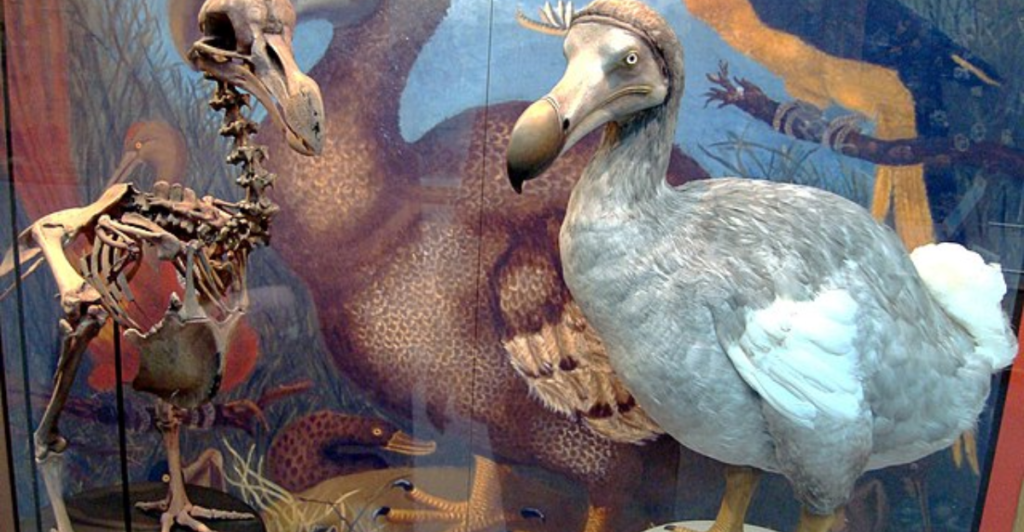
The dodo wasn’t just a funny-looking bird, it was a symbol of extinction itself. Now, scientists want to bring it back using DNA from its closest living relative, the Nicobar pigeon.
By editing pigeon embryos to express dodo-like genes, the goal is to re-engineer something as close to a dodo as possible. It’s basically pigeon cosplay, but with a lot more CRISPR.
The real kicker? If successful, dodos would still need a suitable home and, let’s be honest, some serious PR to avoid becoming memes again. But science is dead serious about this fluffy flightless comeback.
3. The Tasmanian Tiger
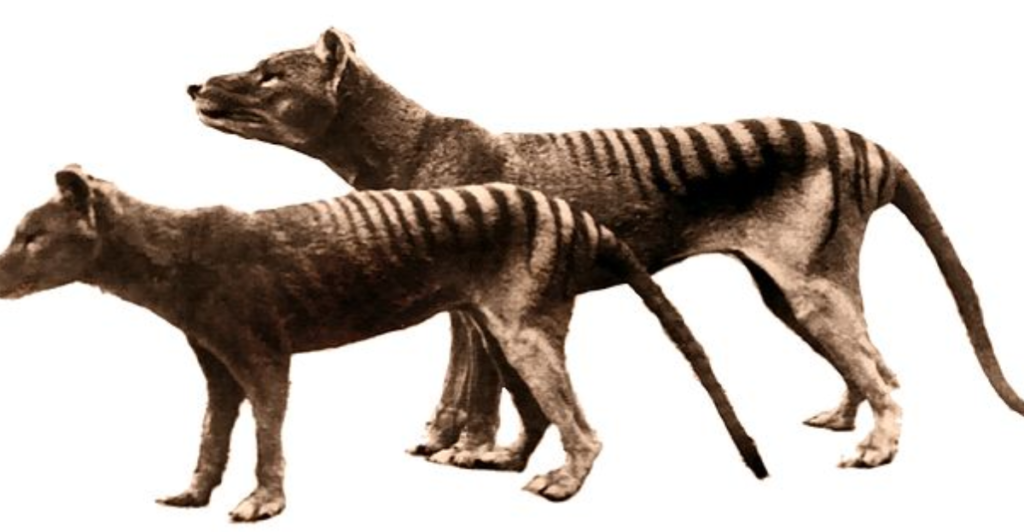
Not a tiger. Not even a feline. The Tasmanian tiger, or thylacine, was a striped marsupial carnivore from Australia that vanished in the 1930s. But DNA from museum specimens could bring it back.
Scientists plan to use gene editing and cloning to insert thylacine DNA into the embryo of a dunnart, a tiny marsupial that might serve as a living incubator. Talk about a size mismatch.
It’s still early, but some experts believe the thylacine revival could happen within a decade. If it does, it would be the most iconic marsupial resurrection in modern science.
4. The Quagga
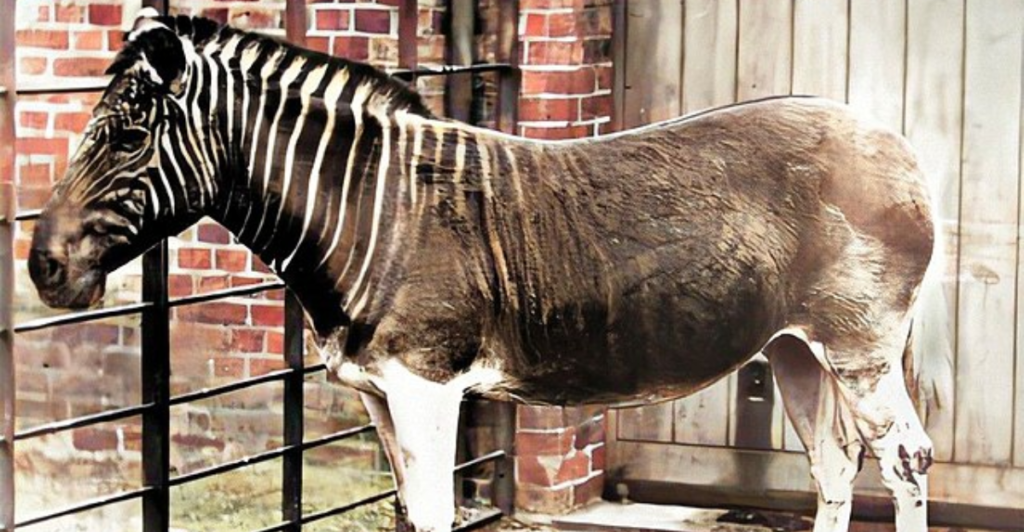
The quagga wasn’t imaginary, it was a real subspecies of zebra that had stripes in the front and a solid brown butt. It went extinct in the 1800s, but some zebras still carry quagga-like genes.
Enter the Quagga Project in South Africa. Through selective breeding, they’re producing zebras that look eerily similar to the extinct quagga. It’s not genetic resurrection, it’s more like throwback styling via DNA.
Critics argue it’s more cosplay than clone. Still, the animals look convincing enough to turn heads, and the project raises fun questions about what “extinct” even means.
5. The Passenger Pigeon
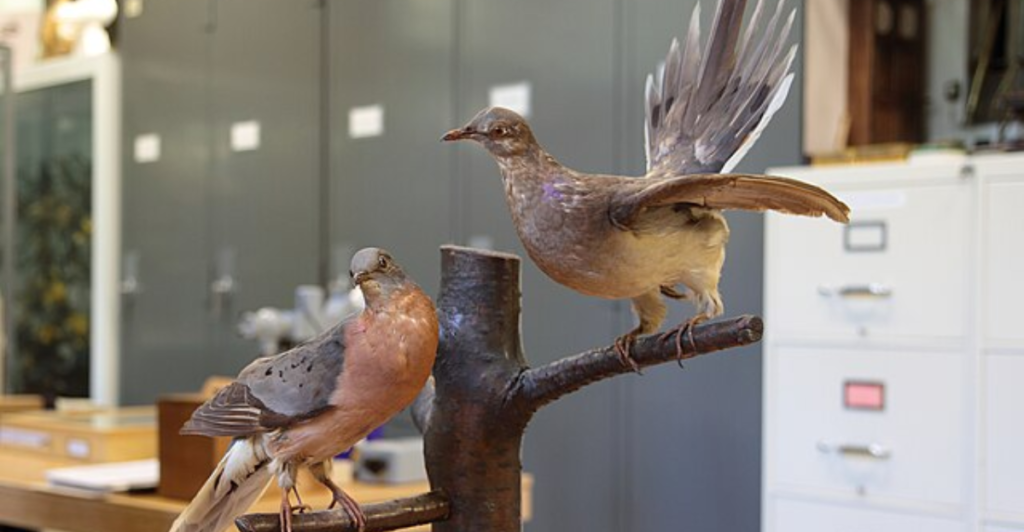
Once the most abundant bird in North America, the passenger pigeon was hunted to extinction by 1914. Now, scientists are trying to reverse that using CRISPR to modify the genome of the modern band-tailed pigeon.
The result would be a genetic remix — not a pure passenger pigeon, but something close. These birds could potentially be released to restore lost forest ecosystems, if they can survive modern predators and human sprawl.
It’s a high-flying idea with major conservation ambition. But critics warn: ecosystems have changed. Can these birds find a new role, or are they destined for extinction 2.0?
6. The Pyrenean Ibex
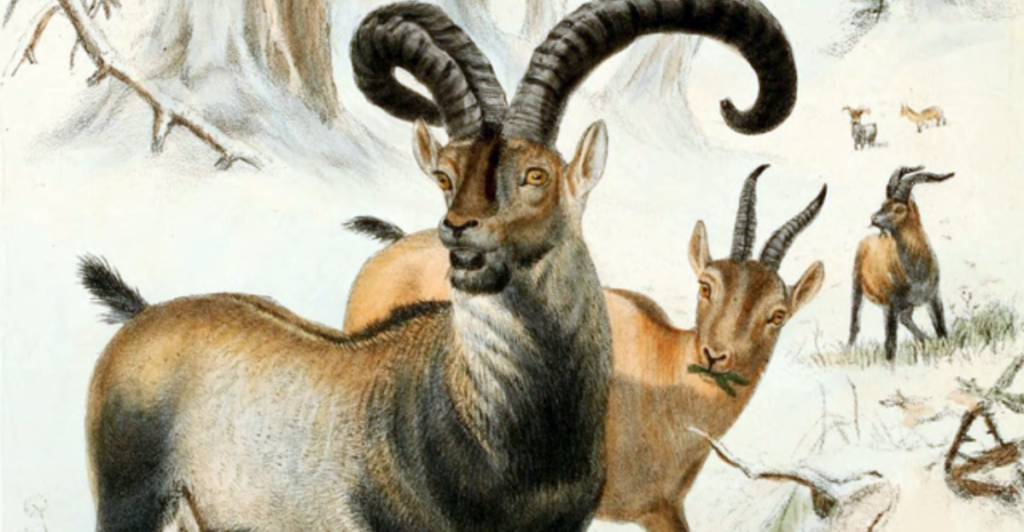
In 2003, the Pyrenean ibex made history as the first extinct animal to be cloned. It also made history for being extinct twice, the clone died of lung failure just minutes after birth.
Scientists used frozen tissue from the last known ibex and inserted it into a domestic goat egg. While it wasn’t a lasting success, it proved that de-extinction was technically possible.
It was a wild scientific moment: cloning an extinct species, even briefly. And it sparked global debates about the limits of science, animal welfare, and whether we should try again.
7. The Aurochs (The OG Wild Cow)
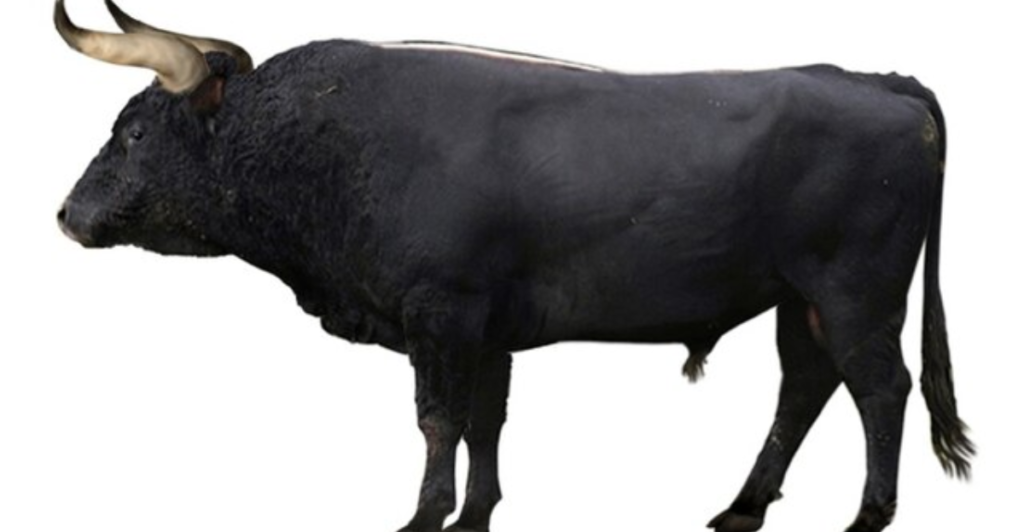
Forget Jurassic Park, this one’s more Mooassic Park. The aurochs were the wild ancestors of domestic cattle, extinct since the 1600s. Scientists are trying to bring it back by breeding modern cattle with ancient aurochs traits.
Projects like the Uruz and Taurus aim to “recreate” aurochs using selective breeding — no gene editing, just careful cow matchmaking. The result? Big, shaggy, horned beasts that look like they walked out of a medieval tapestry.
They won’t be exact replicas, but they could help restore lost grazing patterns in European ecosystems. Just don’t expect them to moo any differently.
8. The Woolly Mouse (Small But Mighty Strange)
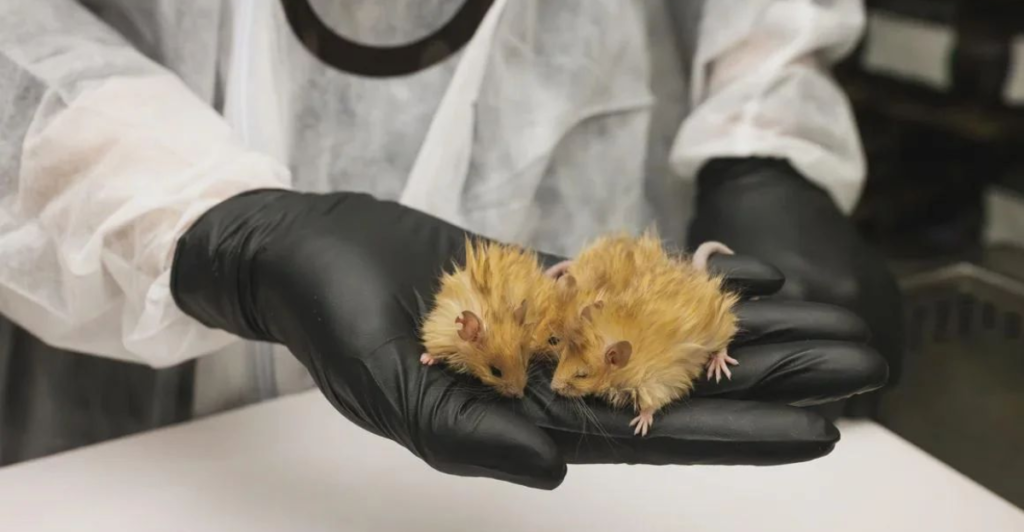
As part of testing mammoth-related genes, researchers engineered lab mice to express traits like fat layers and cold-resistant proteins, basically, mini mammoth features in a mouse suit.
Nicknamed the “woolly mouse,” it’s not an extinct species, but a proof-of-concept for inserting ancient genes into modern DNA. Cute? Maybe. Weird? Definitely. Important? Very.
These experiments help refine gene-editing tools that may one day bring back the real Ice Age stars. For now, the woolly mouse is science’s warm-up act, literally.
Cool Science — or Playing God?

Reviving extinct species is no longer just fantasy, it’s happening in labs, breeding pens, and petri dishes around the world. From cloning to gene editing to strategic breeding, science is rewriting the rules of what it means to be “gone forever.”
Still, not everyone’s cheering. Critics question the ethics, costs, and ecological risks. Should we focus on saving endangered species instead? Will these “new” animals have a place in modern ecosystems?
Whether you see de-extinction as redemption or reckless, one thing’s clear: we’re closer than ever to rewriting nature’s past one gene at a time.
Explore more of our trending stories and hit Follow to keep them coming to your feed!
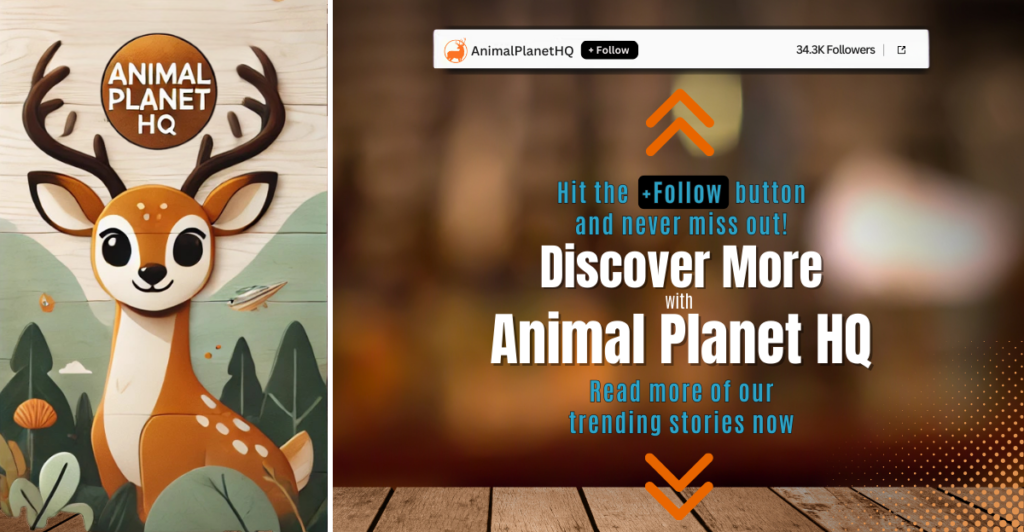
Don’t miss out on more stories like this! Hit the Follow button at the top of this article to stay updated with the latest news. Share your thoughts in the comments—we’d love to hear from you!


